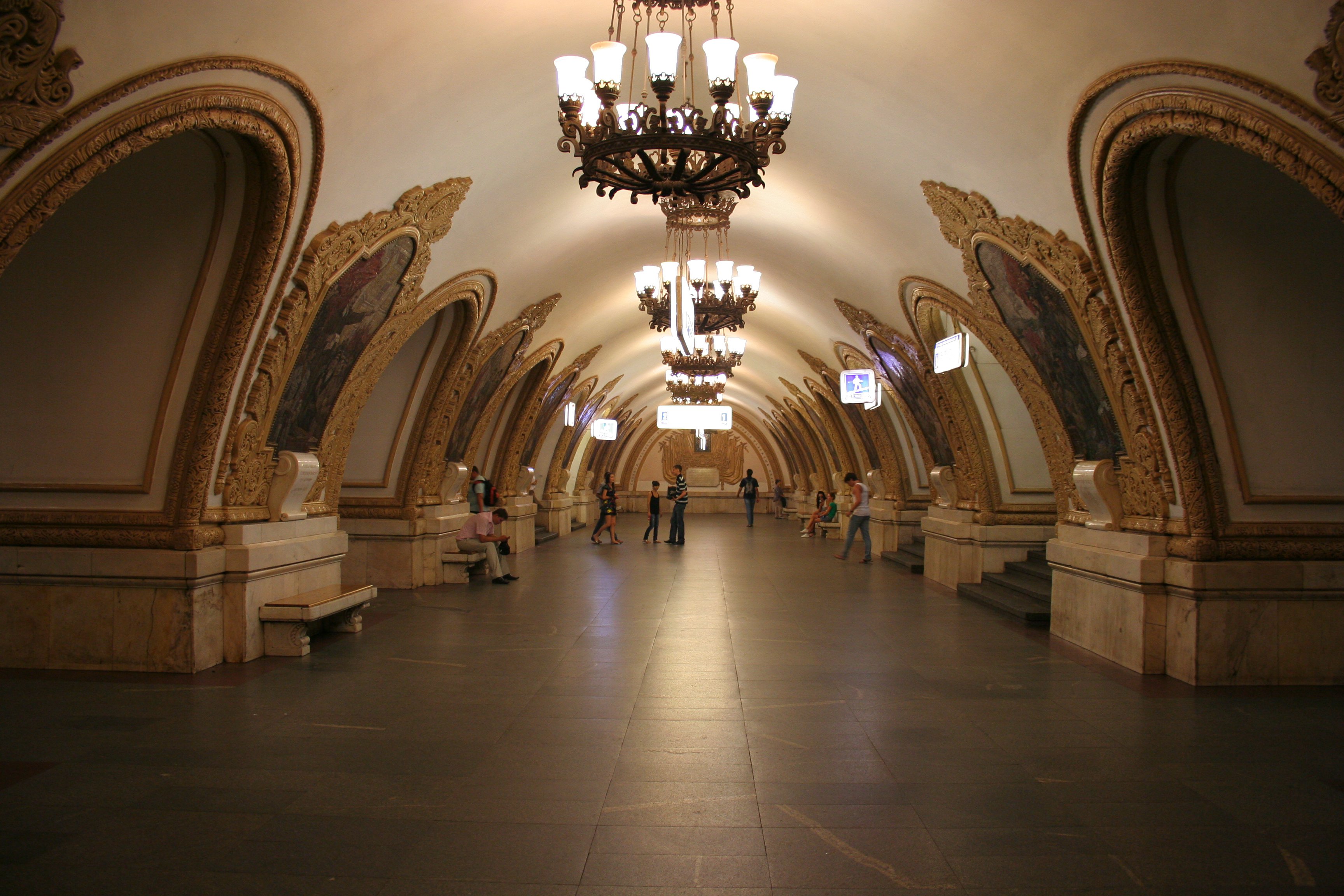Reviewing the Cultural Revolution

Tuesday’s class led to a great discussion on the the Cultural Revolution when Groups 1, 2, and 3 analyzed some of the key components of the Soviet War on Backwardness. This blog post will reflect on those examples and review the widespread effort to modernize rural Russia and the resulting conflicts. Stalin’s First Five Year Plan transformed the landscape above and below ground by collectivizing the countryside and bringing contemporary transportation to Moscow, which ushered in a new era in Soviet history.
In Moscow, the metro opened in 1935 with 13 stations, and which has grown to be one of the largest and most well-known metro systems in the world. The Moscow Metro integrated American cars and German trains in their lines to create an elaborate and efficient mode of transportation. The grand designs of each station also serve as a landmark, providing the common people with a superior travel experience while boasting Russian architecture to the West.
Similarly, the collectivization of agriculture was a vast movement to combat backwardness which persisted in the depths of Mother Russia. The Kulaks were the targets of the new economic policy, which was a program that aimed to abolish the rich peasant class and confiscate their property. The propaganda poster below illustrates a multi-generational movement and mechanization of agriculture, promotes the collectivization of farming and celebrates it as a positive, progressive movement.
Stalin attempted to subdue resistance to collectivization with his Pravda article, “Dizzy With Success,” which praised the Soviet Union’s recent economic progress. However, with tensions rising among the peasants, Stalin slowed down the collectivization process and warned against the overconfidence of local officials, whom he used as a scapegoat.
Overall, the advancements of industrialization of the Cultural Revolution prepared the Soviet Union to contribute to the Allied efforts during World War II, but came at a heavy cost of disrupting and abusing the agrarian peasant classes.

